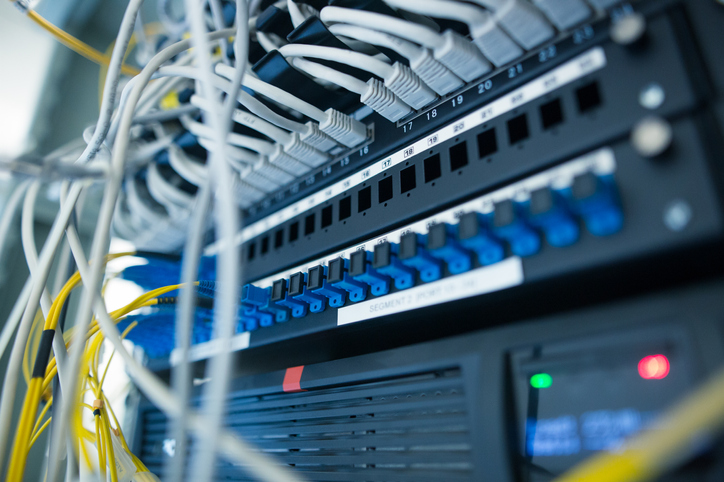The Perils of Confidentiality Breaches in a Digital Age

Digital health is growing and having a profound effect on health systems, impacting remote diagnostics, treatment, and better access to goods and services. The growth of digital health, however, also brings challenges, including who owns, controls, and manages the data being collected and how to maintain privacy and confidentiality in the digital age.
Confidentiality breaches, where confidential health information is made available to others without the individual’s consent or authorization, are unfortunately growing in healthcare and are arising primarily from the ease of analyzing and reproducing digital data. Recent data breaches by numerous commercial and government enterprises have demonstrated the rising concern regarding confidentiality breaches.
According to Bitglass, the Next-Gen Cloud Security Company, in 2019, the total number of records breached has more than doubled each year, from 4.7M in 2017 to 11.5M in 2018, and to 27.5M in 2019. In addition, the average number of individuals affected per breach in 2019 was 71,311, nearly twice that of last year. As organizations continue to embrace cloud migration and digital transformation, this trend will likely continue. In fact, nearly 24 million persons affected by healthcare breaches had their information exposed by Hacking and IT incidents, while all other categories combined affected 3.6 million. This means that failing to protect data in IT environments can enable breaches of particularly large scales.
Protected health information is often held within electronic medical records (EMRs) kept by companies such as Epic, which are of particular interest because they increase access to healthcare, improve the quality of care, and decrease costs. While controlled by large private companies, the data is able to be well protected by health care practitioners. Cloud storage, password protection, and encryption are all measures health providers can take to make EHRs more secure.
In addition to EMRs, other forms of digital technology may be used by health care practitioners, including the use of personal devices, cloud computing, and social media. A few simple steps to safeguard data on their personal devices include the encryption of their devices as well as avoiding unsecured networks, such as free wireless networks in coffee shops, to access sensitive websites. Cloud computing, the storage and processing of digital information on remote computer servers, is convenient and of low cost. However, physicians and organizations using cloud computing for protected health information must assess their compliance with regulations. In regards to social media, securing patient permission to disclose their information online or else ensuring the patient privacy online is of prime importance.
The future of healthcare is built on digital technology. However, it also demands that digital technology risks be recognized and properly managed to overcome and to reduce the perils of confidentiality breaches.
References:
